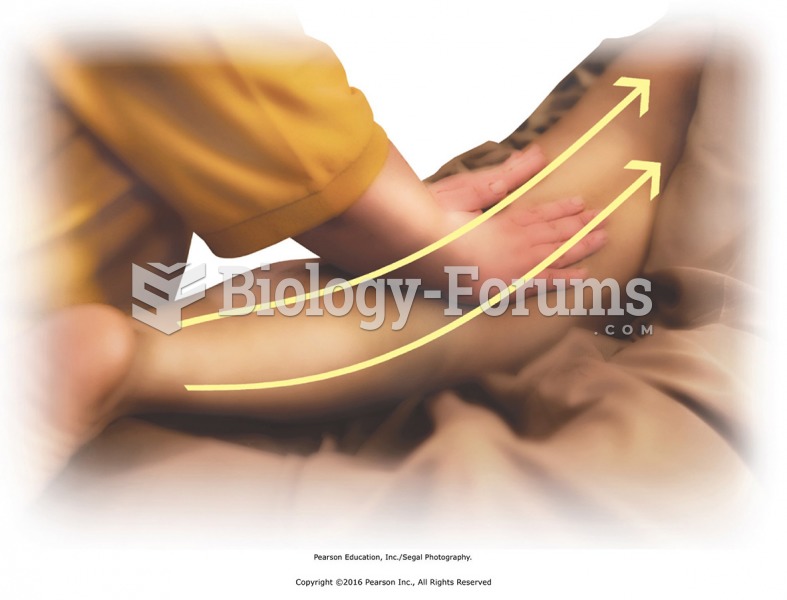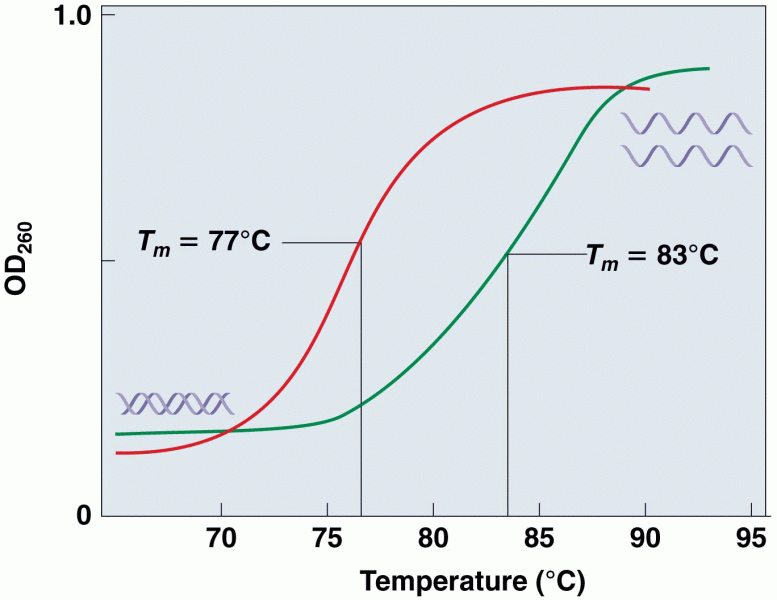Phyllis Gould, 73 years old, has noticed an increase in morning stiffness in her back, hips, and knees. Her grandchildren laugh when she walks across the room because her toes and feet snap, crackle, and pop.
Her fingers have developed prominent enlarged joints, and her knees have increased in size. Mrs. Gould explains that she thinks she has rheumatoid arthritis, but she does not have hot swollen joints. Mrs. Gould's cousin had severe and debilitating rheumatoid arthritis. What is important for Mrs. Gould to know?
a. She is too old for joint replacement surgery
b. Her symptoms are more typical of degenerative joint disease
c. She should decrease exercise and weight-bearing activities
d. Osteoporosis and osteoarthritis are a normal consequence of aging
Question 2
Mr. Calvin Green has smoked at least one pack of cigarettes a day for the past 59 years. He has been diagnosed with end-stage chronic obstructive pulmonary disease (COPD) and has been having symptoms of decreased oxygen perfusion.
He has been confused and very anxious during these periods. He claims that his oxygen tubing is clogged and not giving him the oxygen he needs. Which of the following self-care strategies would assist Mr. Green to be more comfortable?
a. Quitting smoking
b. Increasing the liter flow on the oxygen
c. Teaching him strategies to deal with anxiety and obstruction of air flow
d. Increasing his dosage of narcotic pain relievers







